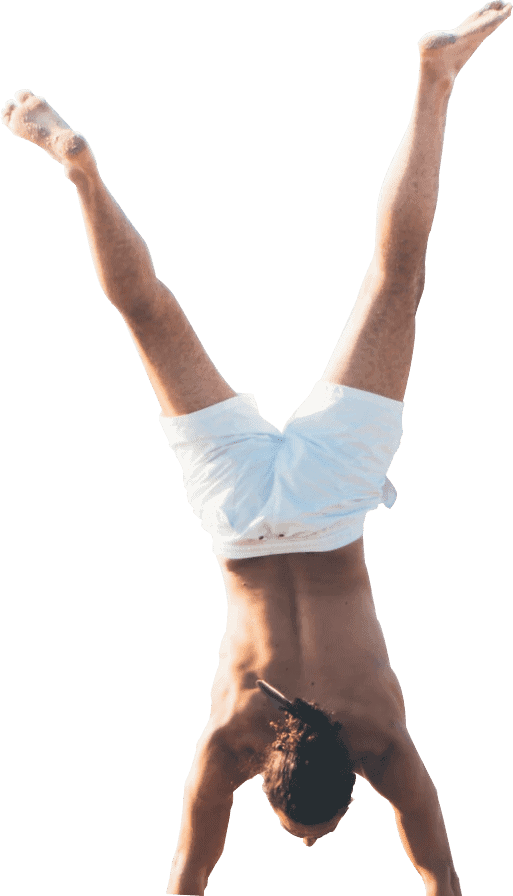By Leon Green
Managing Partner & Physiotherapist at Life Ready Physio + Pilates Camberwell
Coming back from injury can be tough. The road to recovery is paved with pain, setbacks and frustration. But if you seek out the right help and implement the right strategies, you can make that pathway a bit easier and get back to doing what you love better than ever.
Bouncing back from knee surgery requires four main steps:
- Quads activation
- Strength
- Single leg control
- Sport-specific training
Quads activation
Any swelling or inflammation around your knee will inhibit your quads muscles, meaning they will get weak and lazy. After surgery you’ll be guided on how to wake these muscles back up and get them firing. Interestingly, one of the best ways to do that is by walking without a limp, so as soon as you are cleared to walk without any restriction (such as a crutch or knee brace) then you should aim to walk as normally as possible while doing “quads activation exercises”.
Strength
The foundation to any rehabilitation program is strength. Defined as “the capacity of an object or substance to withstand great force or pressure”, strength exercises are designed to build up the muscles in your leg so it can withstand more load. This is critically important for your healing as the strength exercises will promote healing in ways that are functional for your body. This means the exercises initially need to be guided by your stage of healing. As a general rule, you should aim for within 90% of strength side-to-side before thinking about returning to sport.
Control
Built on top of a foundation of strength, control is your ability to manipulate your body on your leg in space. Examples of this would be standing on one leg, landing from jumps or a quick change of direction. Without adequate knee control you are risking re-injury when you go back to sport, and keep in mind that the amount of knee control you’ll need depends on the sport you are returning to. For example, soccer requires much more knee control than road running.
Sport-specific conditioning
Finally, before getting back to you sport, you’ll need to progress into activities that mimic movements in your sport.
For AFL, you’ll need to progress to sprinting, changing direction, landing from jumps, repeated efforts and taking hits. If it’s tennis, you’ll be running backwards, sideways and reaching for hits. You get the idea! This is the final piece of the puzzle but is possibly the most important. Re-injury happens when people neglect this final phase of rehab. They feel good, they feel strong but they aren’t conditioned for the level of play required by their sport. So spend time with your physiotherapist breaking down the components of your sport into trainable exercises and keep this as close to the real thing as possible.
And that’s it! It’s long and hard to progress, but if you do it right then you’ll be back better, stronger and more resilient than before. For more information on how we can help you, contact us today.
